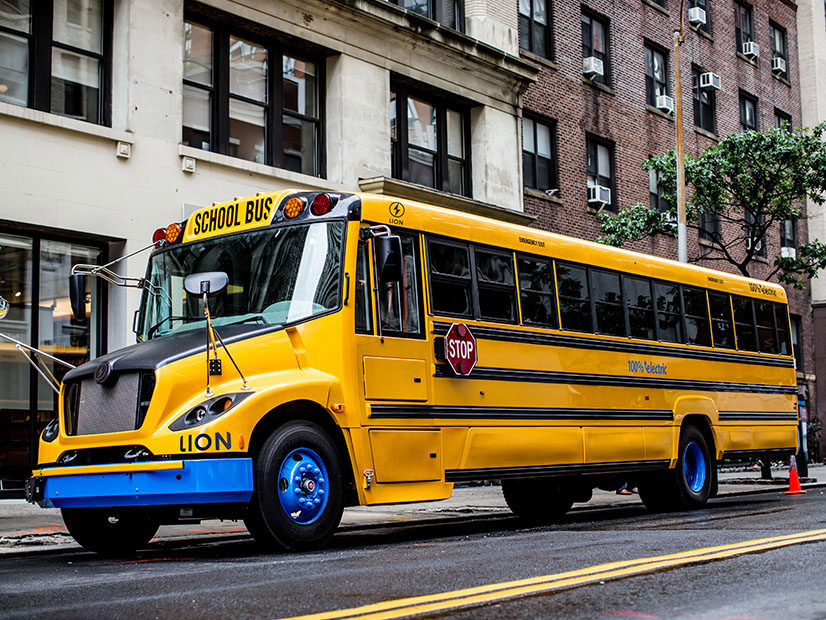The Infrastructure Investment and Jobs Act authorized billions of dollars to upgrade the nation’s roads, bridges, airports and railroads. It also included less-talked-about but enormous funding for transportation fuels, from propane to ethanol to electric drivetrains.
The result, says EPA’s top transportation administrator, is that the stage is set for a “golden age of just amazing technologies and policy choices” that he predicts will “transform transportation.”
Karl Simon, director of the agency’s Transportation and Climate Division, office of transportation and air quality, is optimistic that the competition will quickly lead to real progress, he said during the Congressional Renewable Energy and Energy Efficiency Policy Forum in D.C. on Monday.
Calling the legislation’s funding a “transformational set of investments,” Simon said the $5 billion allocated in the bill to implement “a clean school bus program,” for example, compares to a budget of $11 billion for the entire agency a year earlier.
The mission set out by Congress is the replacement of older buses, he said, “and the technologies can be hydrogen, biofuels, propane, natural gas and electric.”
Noting that the legislation speaks to “environmental justice” as well as air quality, Simon said the agency is “allocating funding in various portions that we think will help address different school districts. There are about 500,000 school buses in use at any one time [in] over 13,000 school districts.”
Noting that there is a “buy American” provision in the bill, Simon said “$5 billion is an awful lot of money,” but it will replace only a portion of the existing fleet.
“When the last federal dollar goes out, we are going to be thinking about designs to have a sustainable market so that the bus cost has come down. And those choices for electric buses, for example, which are very pricey at the moment, are not as hard a decision for school districts to think through.”
Electric drivetrains are expected to become less costly, and one reason is that the technology is going to be developed by automakers, said Genevieve Cullen, president of the Electric Drive Transportation Association.
“In 2010, there were two plug-in cars on the road: the Leaf and Volt. Now there are 70 models that you can buy at different price points. And there are a total, I think, of about 2.7 million cumulative plug-in vehicles.
“At the same time there is a growing investment in the [charging] infrastructure … 49,000 public stations, which translates into about 123,000 charging ports.”
Another panelist, Chris Bliley, senior vice president of regulatory affairs for Growth Energy, an ethanol trade group, noted that ethanol gasoline blends are expanding as gasoline prices have increased.
And Art Guzzetti, vice president of the American Public Transportation Association, said the level of funding for infrastructure is significant.
“There are enough funds to make a difference. We’re just not keeping up with … repair needs. If we make the right choices, we can make it a transportation transformational bill,” he said.
“There are provisions in it for low- and no-emissions buses. There is a discretionary grant program that is steered towards policy outcomes, such as access to opportunity, emissions reductions, favorable environmental outcomes; that’s going to give communities and regions the opportunity to make the choice for energy-efficient policies going forward.”
Simon said the significant funding, as well as the specificity regarding how it must be spent, is aiming to help each technology reach a point at which it can survive in a competitive market.
“What is it that you need to kind of get past the kind of the economic tipping point? It doesn’t need to be 70% of the market; it needs to be 20 or 30%,” he said.



